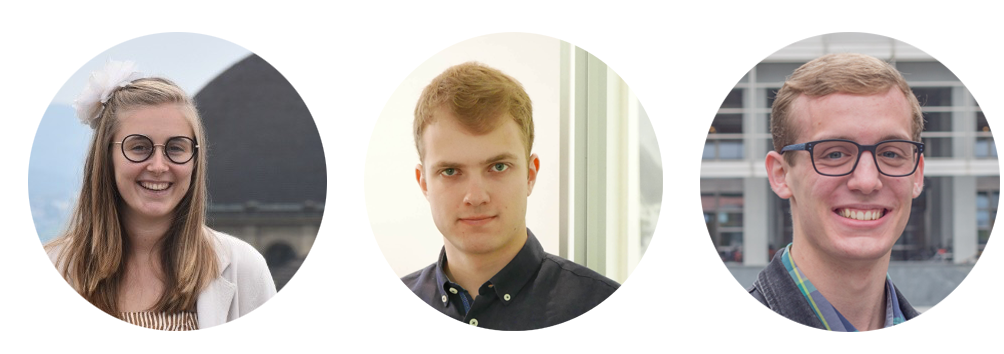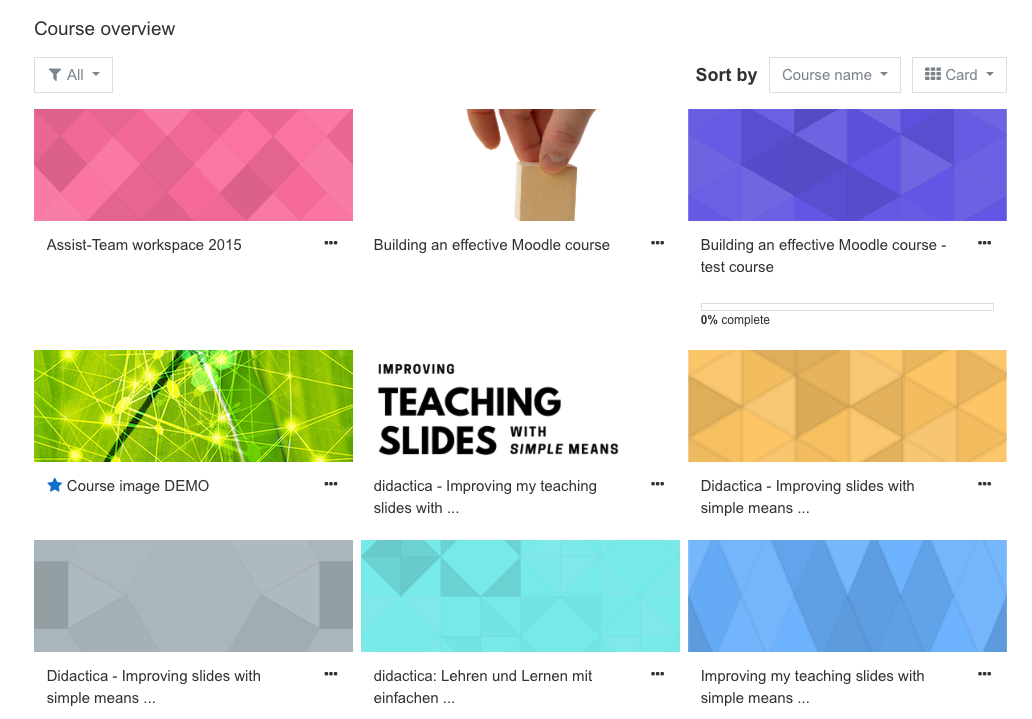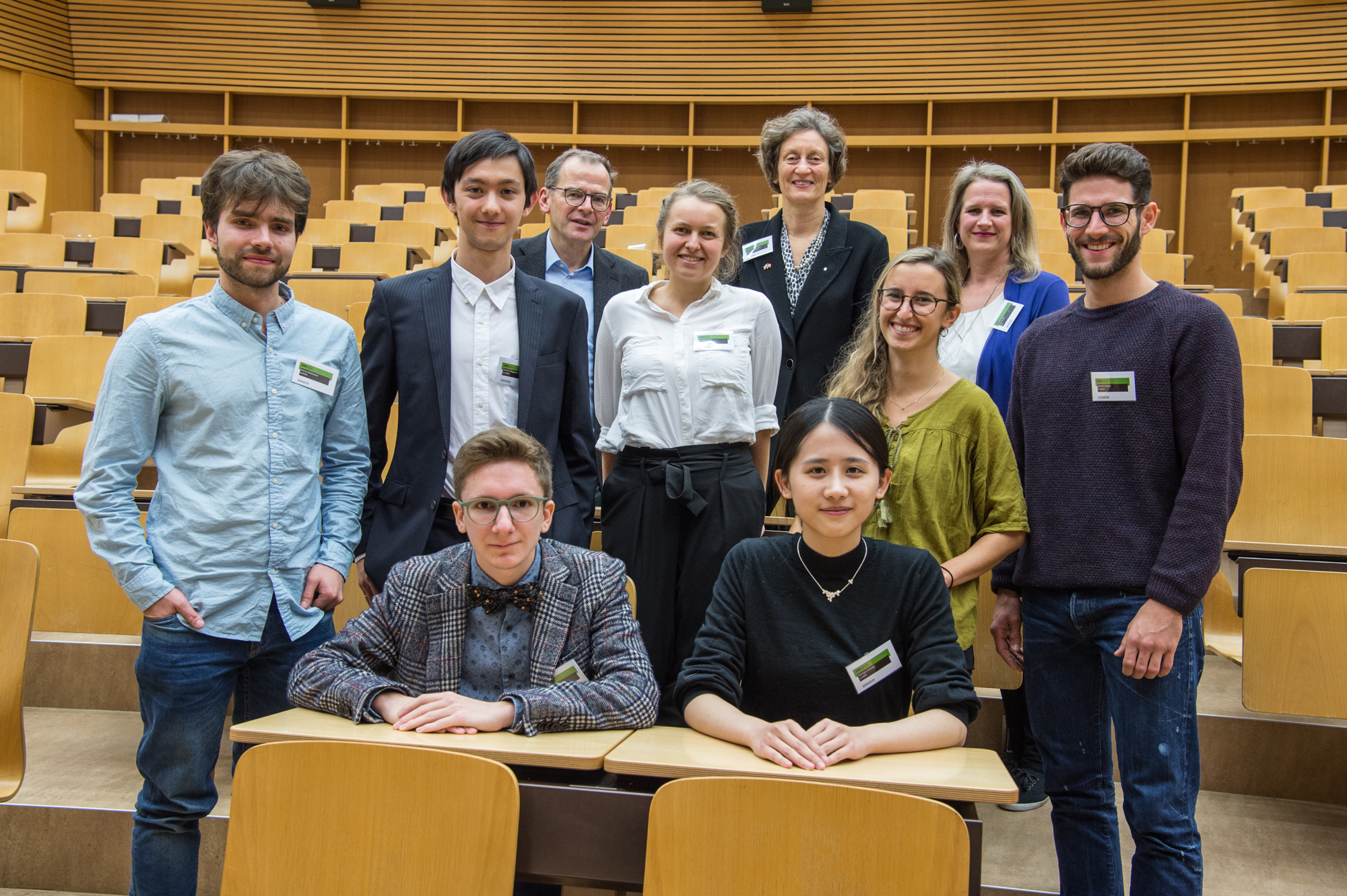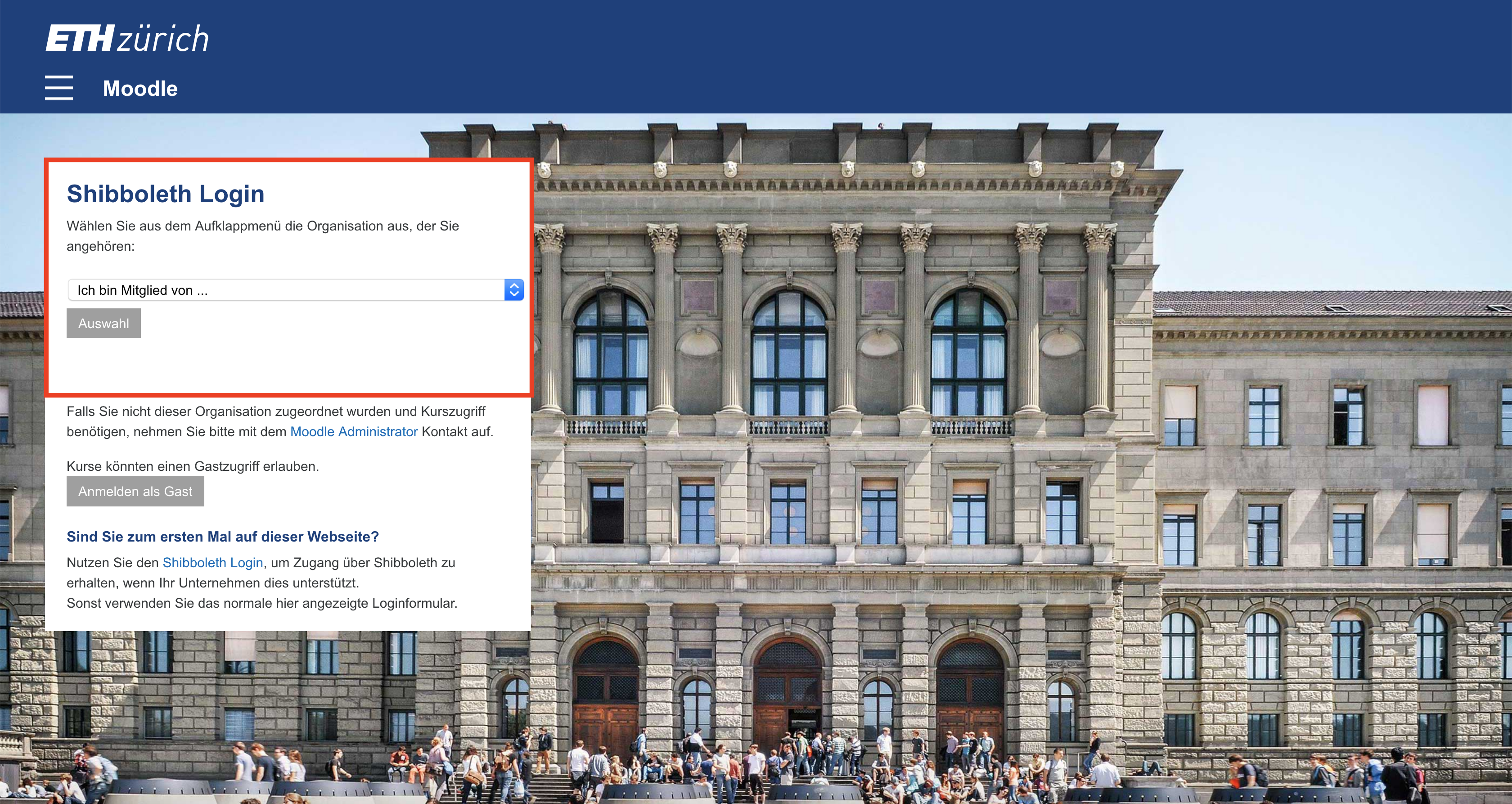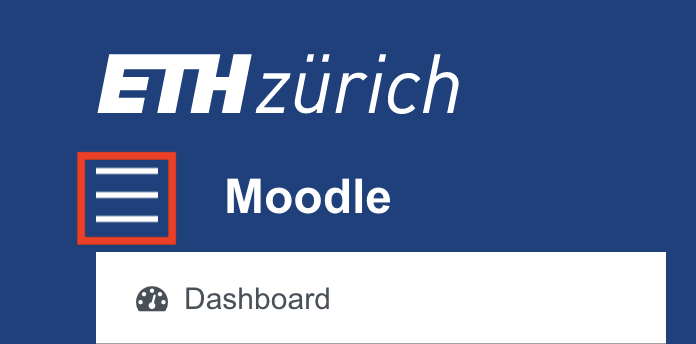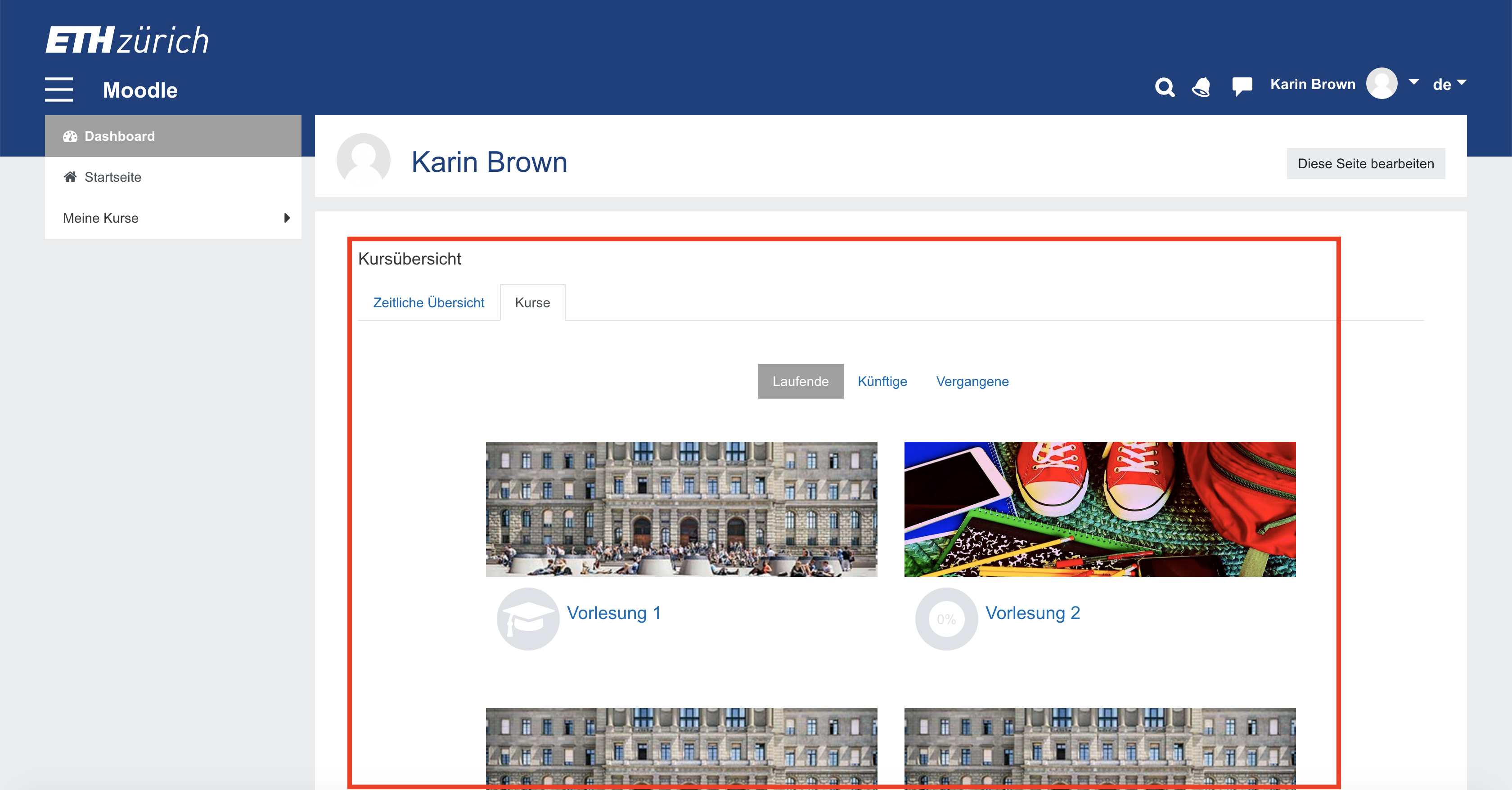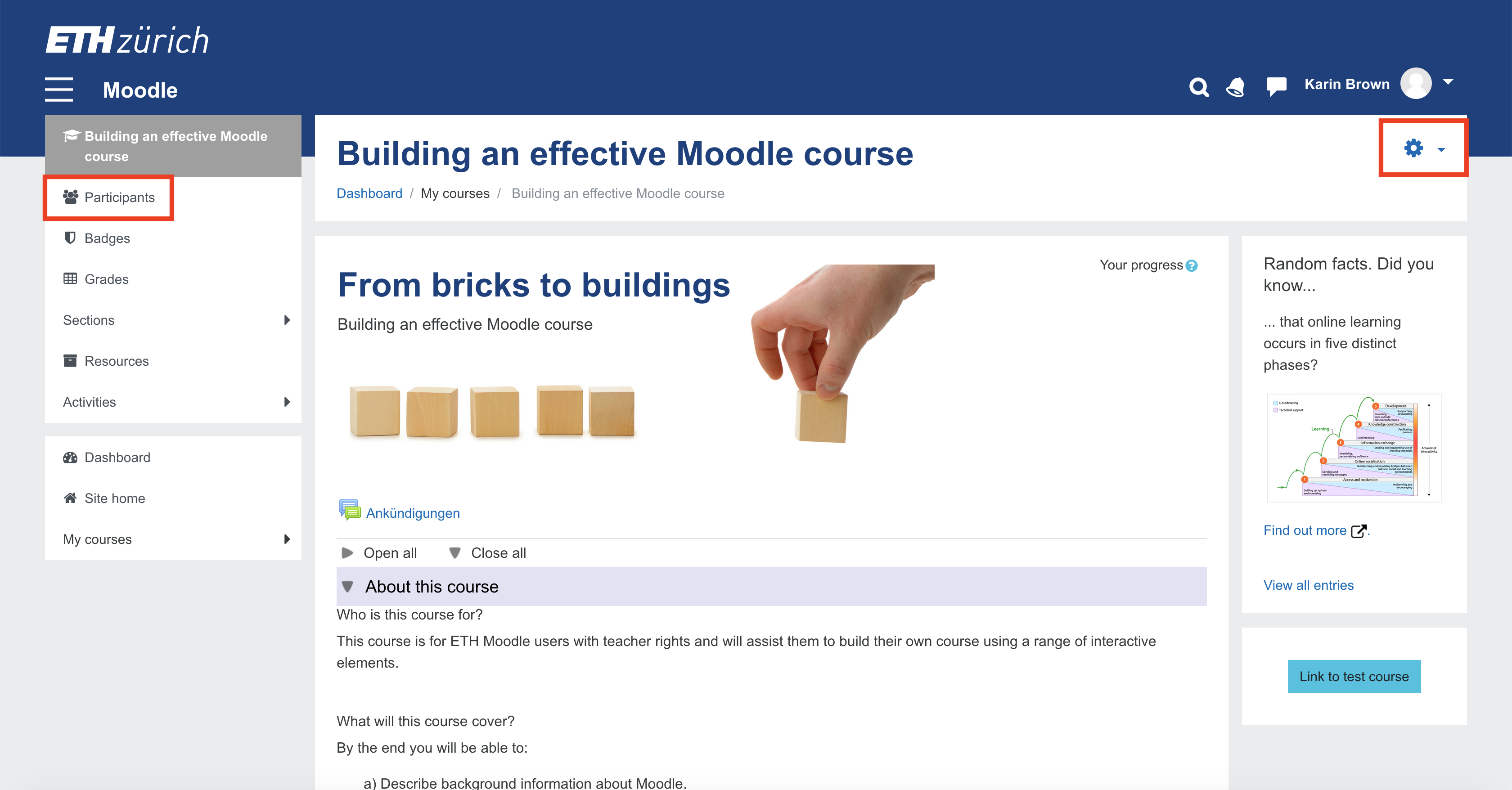First principles of teaching online
… and just like that, ETH Zurich has moved its teaching online. The buildings are empty, much like the streets outside. But teaching and learning continues, just in a very different way.

The response to the global pandemic has been swift. With very little time to prepare, an almost complete switch to online teaching and learning has taken place. At the time of writing, many lecturers and support staff are still working hard to put systems in place so that students can continue studying despite neither students nor lecturers having access to their lecture halls.
This is a challenging situation, and the transition has been demanding for students and lecturers alike. The technology has struggled with the sudden increase in traffic, and this has caused some downtimes or sudden changes to IT services on local, national and international levels. The new scenario has required flexibility on everyone’s part.
What follows is a list of key points to help you prioritise your decisions as you move your teaching online.
Check in with your students
They will be personally, financially and emotionally affected by this crisis. Attending your lectures remotely may no longer have the same priority it used to have. Communicate your care for them. Ask them what’s going on. Download the email list from eDoz so that if all else fails, you can stay in touch.
Find out if your students have accessibility issues. Do they have new obligations (such as childcare or care for elderly parents)? Do they have children at home now? What do they prefer: a recording of your lecture, or live streaming? Do you share the same time zone? What kind of internet access and bandwidth do they have? How can you optimise live attendance, recordings and other downloads for them? They may need subtitles on your recordings if they have hearing issues. Ask them. What suggestions can they offer?
Work backwards
Work backwards by first thinking about your course’s performance assessments. What is the minimum that students need to do to pass? Even if you do nothing else, make sure to communicate this minimum to them and tell them where to focus their efforts. Clarify the graded assignments and provide the necessary study material. Keep ETH regulations and policies in mind, but also expect more updates on them as the pandemic continues. You may need to develop additional creative ways for students to submit their work. For example, poster sessions may need to become homemade videos.
Prioritise your course’s learning objectives
What are the most important competences your students need to acquire? What skills should they practice? What knowledge do they need in order to pass? Focus on helping students achieve these goals and cull anything that is superfluous. Now is the time to become ruthlessly efficient. Help with writing learning objectives is available here.
Minimise your direct input
Resist the impulse to simply transpose your existing lecture materials to an online format. This is not just about moving what worked in a classroom to an online space. Watching a two-hour video of your lecture will be hard for students. Instead, create shorter sequences (think of TED talks!). Mix up your media, and complement your lecturer recordings with video conferencing, reading assignments, slide sharing and contributions from guest speakers. Follow up with an engaging task that makes your students think about and apply what they have just heard.
Build in interaction
Plan different ways for students to get active. Use discussion forums, online group activities, peer feedback or clicker questions and polls. Interaction can be synchronous (in real time, all together, for example via video conference or online chat) or asynchronous (at the students’ own pace, for example via a video recording of a lecture or participation in an online forum). Your course should deploy a mixture of both.
Talk to others
There are many different ways to share your experiences and the challenges you face. You are not alone! ETH offers the following platforms for you to communicate with others.
Different DIY scenarios for remote teaching are posted on the ETH website.
Many lecturers, both at ETH and globally, are using Twitter to exchange ideas. Use the hashtag #ETHZonline to share your experiences.
Which tools to use
Try to stick with standard ETH tools, because you can access support for them.
- Moodle: ETH’s learning management system
- Teaching Document Repository (LDA): For sharing documents
- Zoom: Video conferencing, video recording
- OpenCast Studio: Video recording and editing studio
- Blogs@ETH: WordPress
- ETH Chat Server for staff and students
- Polybox: Virtual file sharing and simultaneous editing
- Collaborative LaTeXeditor
- EduApp: The ETH clicker question app
- And don’t forget the timeless option of email!
How to get help
ETH website – “Options for remote teaching”, especially do-it-yourself scenarios: https://ethz.ch/keepteaching
Online Teaching Forum. Post questions and upload resources you are willing to share.
Building an effective Moodle Course – Self-paced course for learning Moodle basics
Join the drop-in Zoom Sessions (e.g. the “Virtual Coffee Break” or “Refresh Teaching Special“).
If your department has an Educational Developer (find out), contact them for advice on both technology and didactics. Alternatively, contact LET Support by email or by phone between 8:00 and 18:00 on +41 44 632 06 65.


